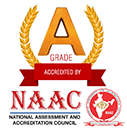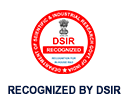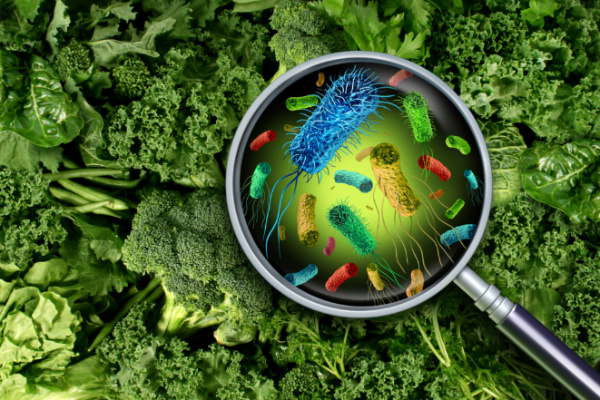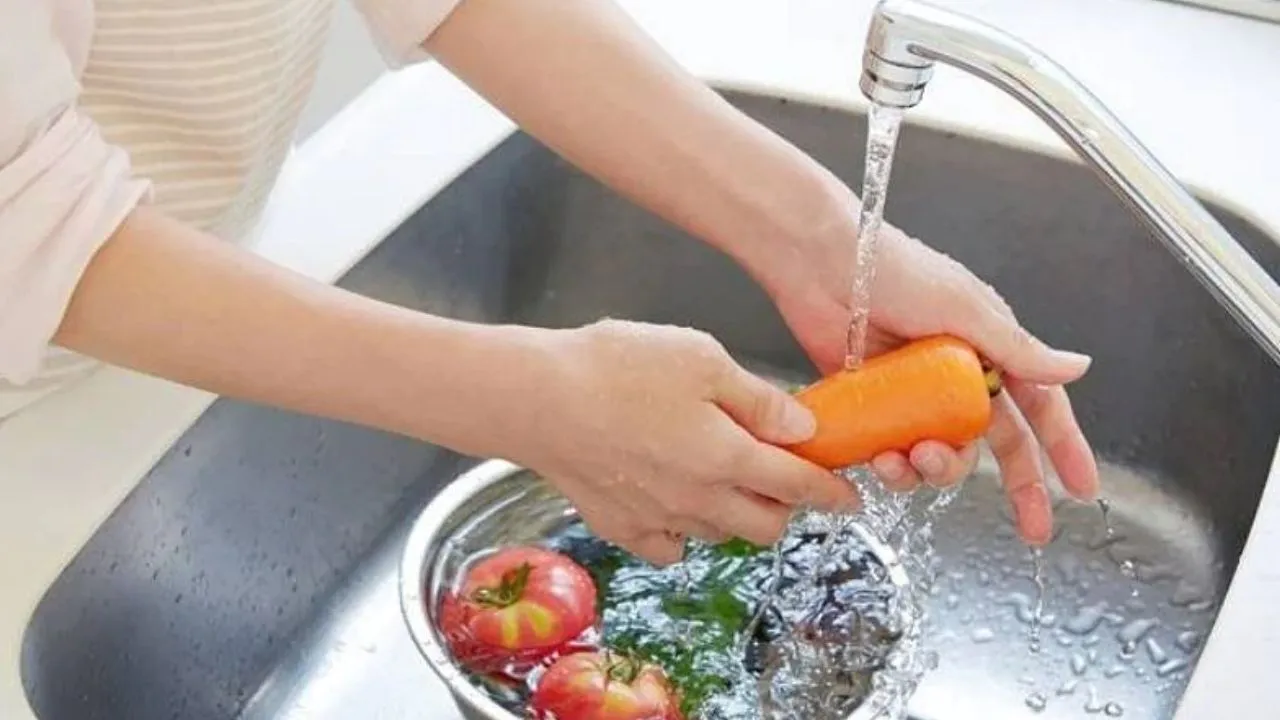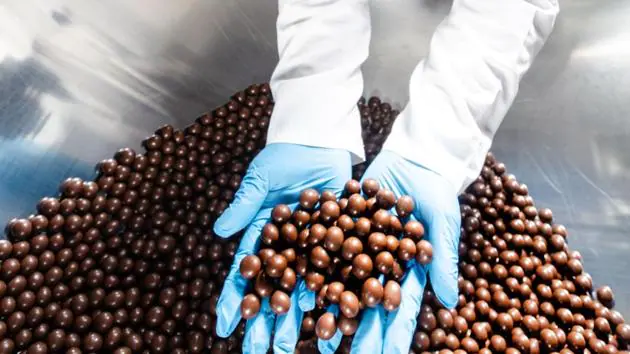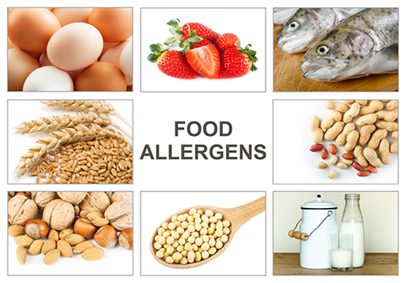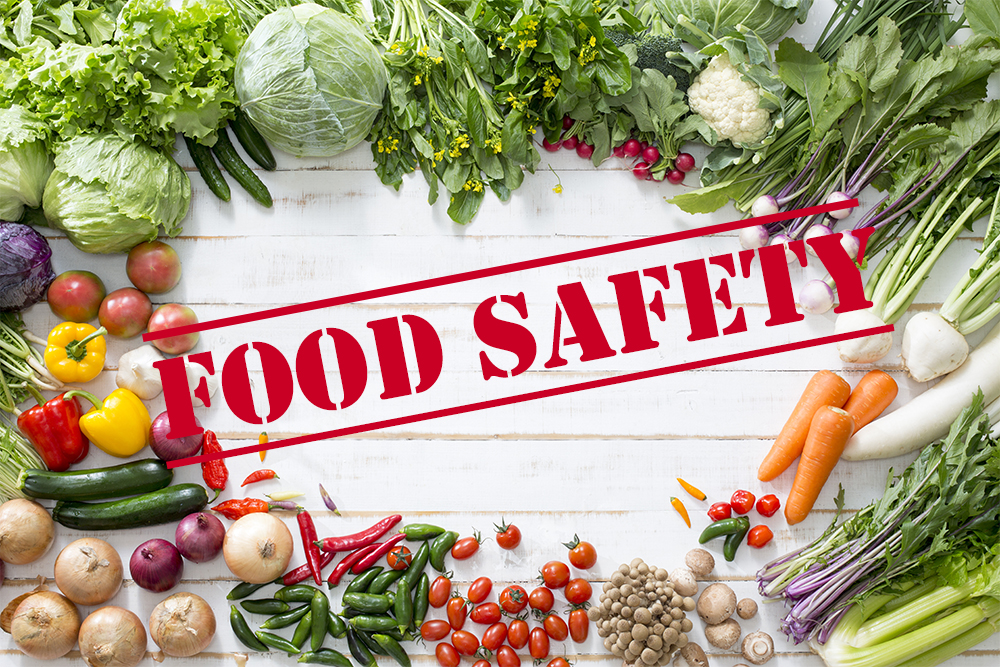Do you know?
Did you guys hear the latest news on a very famous biryani outlet in Chennai city that had 65 kgs of stale meat in their freezer and had been selling 30 kgs of biryani? Is it so tough to sell healthy food or fresh food? There was this another news where few people in Kerala and Tamil Nadu died because of food poisoning caused by eating shawarmas. The only favourite street food I ever liked---shawarmas!!! Now that is also in danger.
Priorities have changed, schedules have taken a turn, daily routines have become flexible to regular changes and we have got no time for ourselves. One of the effects of these revolutionary swirls has resulted in making us to depend on restaurants and food streets. With mechanisms like Swiggy and Zomato, food from such places have come next door, or to our doorsteps. But as a disadvantage, the main factors we miss in the process is not knowing the procedure of cooking followed, cleanliness maintained by them, and everything else that comes and happens in between. Sadly, We have been introduced to various memes and videos on the way how food items are prepared at road sides and restaurants everywhere. Thanks to those vloggers who brought out the issue of food absurdity.
Especially the millennial generation has been affected a lot by these absurd acts. They being more dependent on fast foods and foods from restaurants, have been a prey to food adulteration. We have come across so many death cases among small children to youths, all because of the ignorance of those chefs or cooks.
These food adulterations cause a lot of damage in all areas like tourism, food, health, economy, etc. Street food vendors have no proper structure and therefore do not come under any food governing bodies of India. It is high time for the country to start looking into such matters and take necessary actions to control such ignorant and absurd activities to avoid serious issues.
The Devil And Its Family (4 Major types of Food Contamination):
1.BIOLOGICAL CONTAMINATION or MICROBIAL CONTAMINATION-(The Hidden or Unseen Devil)
The main reason, why it’s called one of the most dangerous contaminations is because, it is mostly unseen and is hidden to the human eyes. It is often termed as dangerous and hazardous if not properly taken care of. Biological contamination or Microbial contamination occurs when food becomes adulterated by living organisms or the substances they produce. This includes biological matters produced by humans, rodents, insects and micro-organisms. Biological contamination is the leading cause of food-borne illness and food poisoning, and a common cause of food spoilage and food waste.
Foods that meet these criteria are called potentially hazardous or high-risk foods. All high-risk foods are teeming with pathogens and other bacteria; it is our responsibility to stop bacteria from multiplying to unsafe levels and, whereever possible, to destroy them through the cooking process.
Food poisoning occurs when specific toxins are consumed, such as those produced by Salmonella, Staphylococcus or Listeria. Microbial toxins are extremely potent toxins that can disable the immune system and damage tissues if they are consumed. As a matter of fact…….many microbial toxins are heat-resistant, so even if bacteria are destroyed in the cooking process, the toxins remain in the food and can cause violent, almost-instantaneous symptoms which might prove to be hazardous.
This can happen through various means, for example:
• Undercooked chicken can give rise to campylobacter, a type of bacteria.
• During the rearing and slaughtering of animals, the salmonella that lives in animal intestines can transfer onto food products which are directly consumed by eaters.
• Storing and preparing high-risk raw foods and keeping it close to ready-to-eat food, can lead to cross-contamination.
• Fish and shellfish might consume toxic substances or organisms that may cause illness in humans if it is consumed by them.
2.PHYSICAL CONTAMINATION-(The Most Friendly Devil in Disguise)
This contamination occurs due to human ignorance or mistake. We often tend to overlook at the conditions around us while cooking, where, this devil in disguise comes in the form of contamination into our food. Physical contamination occurs when a physical object enters food at some stage of the production or preparation process. Physical objects in food can be a choking hazard and often introduce biological contaminants as well. Even if the object is not likely to injure the people, finding an object in their food can be very disgusting for the person (who knows that harmful microorganisms on the object could make them ill).
Common examples of physical contaminants in food businesses include:
• Hair
• Fingernails
• Bandages
• Jewellery
• Broken glass, staples
• Plastic wrap/Packaging
• Dirt from unwashed fruit and vegetables
• Pests/pest droppings/rodent hair
Physical contamination happens when a food has been contaminated by a foreign object. It can occur at any stage of food delivery and preparation. Physical contamination can cause serious harm to the consumer, including broken teeth or choking.
3.CHEMICAL CONTAMINATION-(The Most Scientific and Studious Devil)
We have heard of terms like chemical outburst, chemical pollution, chemical reactions and all. Chemical contamination is a new evolution in the field of chemical disasters. Chemical contamination occurs when food comes in contact with or produces toxic chemicals, which can lead to chemical food poisoning. Naturally occurring toxic compounds that are produced by living organisms, some of which are staples of the human diet (e.g. shellfish, potatoes, fish). These toxins are not harmful to the organisms themselves but can be harmful to us if we eat them.
There are many ways that food can become contaminated by artificial/synthetic chemicals in a commercial kitchen. Food Handlers can accidentally cause chemical contamination if they:
• Don't store cleaning products and other chemicals properly
• Use too much detergent or sanitizer to clean food preparation surfaces, glassware, dishes or cutlery
• Don't rinse surfaces, glassware, dishes or cutlery properly after cleaning and sanitizing
• Don't properly wash fruits and vegetables to remove pesticides
• Use kitchen equipment or containers made from materials that are not suitable for food or not designed to be reused
• Use pest control products improperly
Minimal contamination with natural toxins might not lead to illness, but Food Handlers should be aware of which foods produce toxins and take all reasonable precautions to ensure that food is safe for consumption to consumers like you and me. Potatoes, for instance, produce glycol-alkaloids that are toxic to humans. The majority of these toxins are contained in or just under the peel, and in any eyes or sprouts on the potato.
4.CROSS-CONTAMINATION or ALLERGENIC CONTAMINATION-(The Flying Devil and the Omnipresent Devil)
I find this contamination quite absurd and disgusting. It involves a lot of mishandling and wrong method of preparing food. Cross-contamination is the accidental transfer of contaminants from one surface or substance to another, usually as a result of improper handling procedures. In a food setting, the term refers to the transfer of contaminants from a surface, object or person to food. Cross-contamination usually refers to biological contamination but can also be physical or chemical.
Cross-contamination in a food business often occurs as a result of:
•Food Handlers (e.g. microorganisms from sweat, sneezing/coughing, hands, hair, clothing)
•Improper food handling techniques (e.g. reusing cutting boards or utensils for raw and cooked food or for different types of food)
•Improper cleaning and sanitizing (e.g. not properly rinsing cleaning chemicals from preparation surfaces, dishware, glassware or equipment)
•Improper food storage (e.g. storing raw meat on shelves above ready-to-eat food)
•Improper waste disposal (e.g. allowing garbage containers to overflow)
•Pests
Cross-contamination can also pose a risk to customers with food allergies, as trace amounts of an allergen can be transferred in the same way that microorganisms can. Even trace amounts of an allergen can cause a serious allergic reaction — in some cases, a lethal reaction.
4. A BRIGHTER HOPE IN DARKNESS
We ought to minimize the risks of contamination of food, be it in our homes or outside. As responsible people, we must try our level best to avoid mistakes and acts of ignorance when it comes to food atleast.
Pests deserve a special mention in this regard, as they are notorious sources of cross-contamination in food businesses. Rodents, flies and cockroaches carry untold numbers of disease-causing bacteria and other pathogens on their bodies, in their droppings and in urine and saliva, including Salmonella, E. coli and Listeria.
Allergenic contamination occurs when a food that causes an allergic reaction comes into contact with another food. For example, if the same knife used to cut normal bread is then used to cut gluten-free bread, or if pasta is stored in a tub that used to contain peanuts.
For someone with a food allergy, consuming even a tiny amount of that food is enough to cause a fatal reaction. As a result, it’s essential that you prevent allergenic contamination of food in your premises.
The best way to prevent this type of contamination is by following strict, high-standard food hygiene practices.
We have had the worst of days in our pasts and have witnessed a lot of deaths and more serious issues that have had a lot of depressed impacts on people. It is high time, we look into such matters with great seriousness and effort. It is high time we look into precautions to lead our country towards a better and healthy tomorrow. The process could be slow, but the result would be beautiful and inspiring. Let us give our future generations a hope and a better environment for them to live in.


